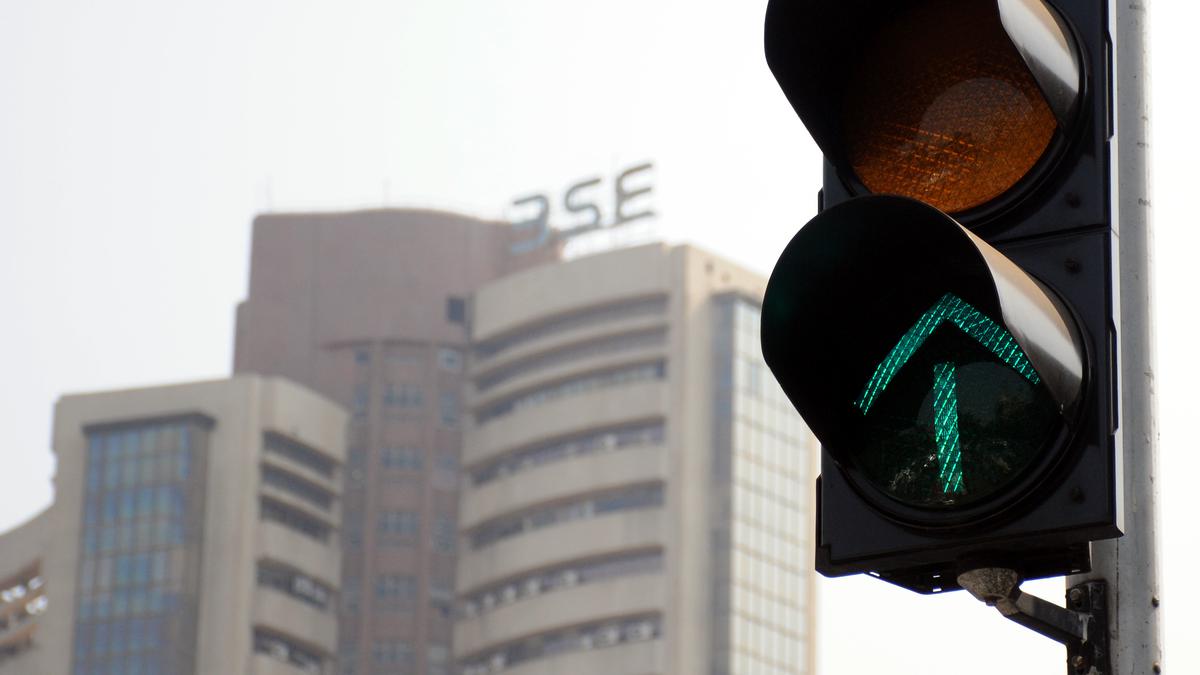
Markets bounce back on fag-end buying in RIL, ITC
The Hindu
The 30-share BSE Sensex climbed 149.31 points or 0.23% to settle at 65,995.81
Equity benchmark indices closed higher on August 9, helped by fag-end buying in index majors Reliance Industries, ITC and M&M amid a positive start in European markets.
Cautious trade prevailed in the markets for the most part of the day ahead of two major events — RBI's monetary policy and the U.S. inflation data — due to be announced on Thursday.
The 30-share BSE Sensex climbed 149.31 points or 0.23% to settle at 65,995.81. During the day, it fell by 402.12 points or 0.61% to 65,444.38. The benchmark also touched a high of 66,066.01.
The NSE Nifty gained 61.70 points or 0.32% to end at 19,632.55.
JSW Steel was the biggest gainer on the Sensex chart, rising 2.68%, followed by Tata Motors, Mahindra & Mahindra, Tata Steel, Titan, ITC, Tech Mahindra, NTPC, Reliance Industries and Larsen & Toubro.
In contrast, Bajaj Finance, Maruti, ICICI Bank, Power Grid, Asian Paints and Axis Bank were major laggards.
In Asian markets, Tokyo and Shanghai settled lower, while Seoul and Hong Kong ended in the green.

The Union Budget unveiled on February 1, 2025, has come at a time of unprecedented global uncertainty and a flagging domestic economy. The real GDP growth is estimated at 6.4% for 2024-25 and between 6.3-6.8% for 2025-26, a far cry from >8 percent growth required annually to make India a developed nation by 2047. While much attention has been devoted to the demand stimulus through income tax cuts, not enough is said about the proposed reforms in urban development, tariff rationalisation, and regulatory simplification aimed at making Indian cities and corporates more competitive. Since the majority of economic activity is located in cities (urban areas account for ~55% of GDP) and produced by large corporates (~40% of the national output and 55% of India’s exports), the above-mentioned reforms have a pivotal role in improving India’s trend growth rate. Below we unpack each reform.












